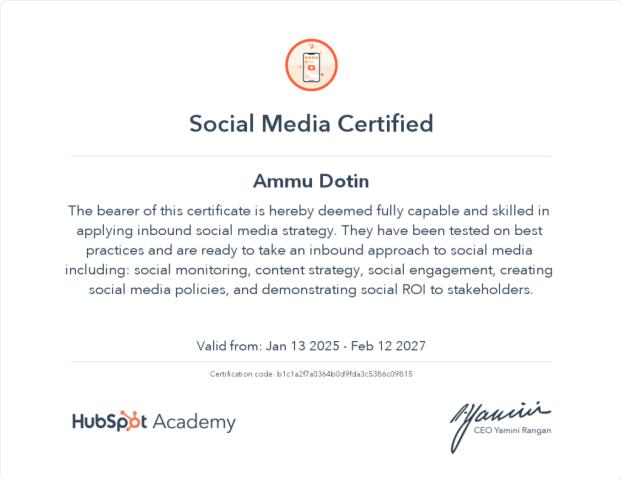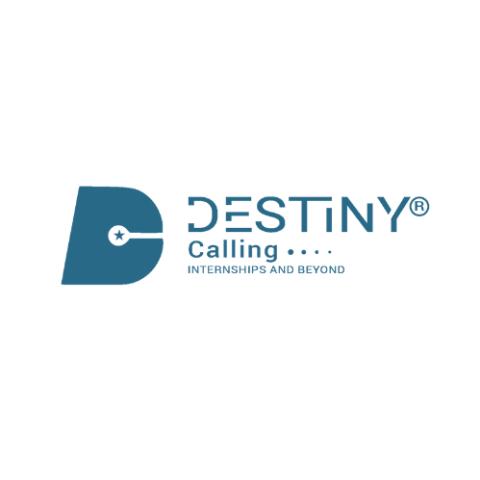In the swiftly transforming corporate milieu, organizations necessitate nimble methodologies to adeptly manage their personnel. Staff augmentation has burgeoned as a formidable tactic to fulfill this necessity. This discourse delves into why staff augmentation is ascending as the future linchpin of workforce management and elucidates its myriad advantages for your enterprise.
Understanding Staff Augmentation
Definition of Staff Augmentation
Staff augmentation epitomizes a versatile outsourcing stratagem, empowering enterprises to recruit adept professionals on a provisional basis to satiate explicit project exigencies. Contrasting with conventional hiring, staff augmentation facilitates rapid workforce scaling, tailored to fluctuating needs.
Difference Between Staff Augmentation and Traditional Hiring
Traditional hiring is typified by protracted recruitment cycles and enduring commitments, whereas staff augmentation proffers a more adaptable and immediate remedy. It permits businesses to enlist experts devoid of the overhead expenses entwined with permanent employees.
Types of Staff Augmentation
Staff augmentation manifests in sundry forms, encompassing short-term and long-term hires, and specialized skill-based hires. This elasticity enables enterprises to secure the precise talent requisite for their distinctive needs.
Implementation of Staff Augmentation
Steps to Implement Staff Augmentation
Instituting staff augmentation necessitates several steps:
Pinpoint the specific skills and expertise requisite.
Select a reputable staff augmentation partner.
Integrate augmented staff into the extant team.
Scrutinize and appraise performance.
Choosing the Right Staff Augmentation Partner
Opting for the right collaborator is pivotal for triumph. Seek a provider with a stellar track record, industry acumen, and an abundant talent reservoir.
Best Practices for Integration
Ensuring Cultural Fit: It is paramount to ensure that augmented staff coalesce seamlessly with the company culture to avert conflicts and amplify productivity.
Effective Communication Strategies: Lucid and consistent communication is indispensable for integrating augmented staff efficaciously into existing teams.
Challenges of Staff Augmentation
Potential Drawbacks
Dependency on External Talent: Over-reliance on external personnel can foster dependency, potentially stunting the internal team's development.
Integration Issues: Integrating external staff into preexisting workflows can occasionally present challenges.
Solutions to Common Challenges
Cultivate a balanced strategy amalgamating internal and external talent.
Implement robust integration and onboarding protocols to minimize disruptions.
Case Studies and Real-World Examples
Successful Implementation in Various Industries
Numerous enterprises across diverse sectors have triumphantly implemented staff augmentation. For instance, a tech startup might deploy staff augmentation to swiftly expand its development team during a product launch, while a retail entity could enlist additional personnel during the holiday season.
Lessons Learned from Staff Augmentation Failures
Deriving lessons from antecedent failures is crucial. Common pitfalls encompass inadequate integration, ambiguous communication, and mismatched expectations. Proactively addressing these issues can engender superior outcomes.
Future Trends in Staff Augmentation
Impact of Technology on Staff Augmentation
Technological advancements are revolutionizing staff augmentation. Tools like AI and machine learning are expediting the process of matching skilled professionals with specific job requisites.
Evolving Workforce Dynamics
The future workforce will epitomize dynamism, with an escalating predilection for flexible work arrangements. Staff augmentation dovetails impeccably with this trend, endowing businesses with the flexibility they necessitate.
Predictions for the Future
As enterprises perpetually adapt to shifting market conditions, staff augmentation will be enshrined as an indispensable component of workforce management strategies. Its capacity to proffer cost-effective, adaptable, and skilled solutions renders it essential for future expansion.
Conclusion
Staff augmentation proffers a plethora of benefits, ranging from cost efficiency and flexibility to access to specialized talent. As the corporate landscape continues to metamorphose, embracing staff augmentation can empower enterprises to remain competitive and agile. By implementing best practices and drawing insights from real-world examples, businesses can leverage staff augmentation to achieve their objectives efficiently.
FAQs
What is staff augmentation?
Staff augmentation is a versatile outsourcing strategy that allows businesses to hire skilled professionals on a provisional basis to meet specific project demands.
How does staff augmentation benefit businesses?
Staff augmentation confers cost efficiency, flexibility, access to specialized talent, expedited time to market, and enhanced risk management.
What are the challenges of staff augmentation?
Challenges encompass dependency on external talent and integration issues. These can be mitigated with meticulous planning and communication.
How do you implement staff augmentation effectively?
Effective implementation entails identifying requisite skills, selecting the right partner, integrating staff into existing teams, and monitoring performance.
What are the future trends in staff augmentation?
Future trends include augmented use of technology, evolving workforce dynamics, and increased reliance on flexible staffing solutions.












